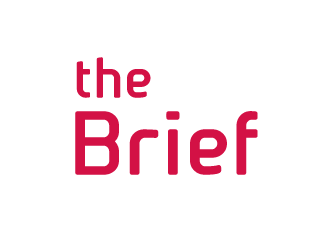Thayne Forbes - joint managing director at Intangible Business – on the branding issues of cross-border mergers
Only a few months in and 2015 has already seen the creation of the world’s largest law firm. In January the global firm Dentons, which was created in 2013 after a merger between Canadian firm Fraser Milner Casgrain LLP and international law firm SNR Denton, joined with Chinese firm Dacheng Law Offices.
The newly merged firm of DachengDentons has around 6,500 lawyers across 50 countries. This is only the second major tie-up between a Chinese and a global firm, following the King & Wood combination with Mallesons Stephen Jacques in 2012. Due to Chinese law, these tie-ups are not mergers, but Swiss verein structures, which allows the firms to share branding and strategy but keep accounting and profits separate according to region.
It is predicted that these sorts of tie-ups with Chinese firms are the future for the global legal market. For European or American-headquartered firms, the Asian markets present an area of relatively untapped potential. With China now ranked as the world’s largest economy, global law firms are missing a trick if they don’t consider a significant tie-up in Asia. Similarly, as a result of the DachengDentons merger, it has been reported that other leading law firms in China are also considering teaming up with international firms.
While this is exciting news for the legal market and could see lucrative doors opened for international firms, there are some issues to contend with related to law firm branding and how a Western / Eastern law firm tie-up can successfully encompass both sets of values, specialisms and reputation under one umbrella brand which successfully transcends jurisdiction and language barriers.
In the case of DentonsDacheng, it has been reported that the firm will be known as Dentons internationally and retain its Dacheng brand in China. The new logo includes the Chinese characters for Dacheng - 大成 Dentons. While Dentons has done a good job in ensuring this new brand is communicated clearly, on its own website and externally in the press, this does highlight a hurdle facing firms wishing to tie-up with a Chinese firm. The danger of a bilingual brand is that it could alienate clients from one jurisdiction – for instance, a potential client viewing the大成 Dentons logo may mistakenly believe the firm has a Chinese speciality which doesn’t apply to their needs.
Arguably, the services being sold by these international firms are being bought by a client with experience of the sector and global needs, so Chinese characters in a logo is going to be an advantage and imply the firm’s international reach, rather than put these clients off. However, as smaller firms look to cash in on these tie-ups, weaving the bilingual aspect into an all-encompassing brand that appeals to all clients may prove trickier.
For a firm considering a bilingual tie-up, how the brand will be perceived in all markets should be a key consideration. In a legal market place where hundreds of firms are selling very similar services it can be difficult to make a brand stand out. Simplicity and clear, cohesive, communication of the new brand and what it stands for is important to ensure that even if a newly merged firm’s name does contain a bilingual aspect, the market, clients and potential clients, understand and appreciate the expertise and history the brand represents.
A law firm’s brand is likely to be one of its most valuable assets and it is at risk when combined with another (also valuable) brand. On the other hand, when a brand combination is well managed there are opportunities for creating enhanced value. Measurement of such value creation helps not only in its management and creation but also risk mitigation.









